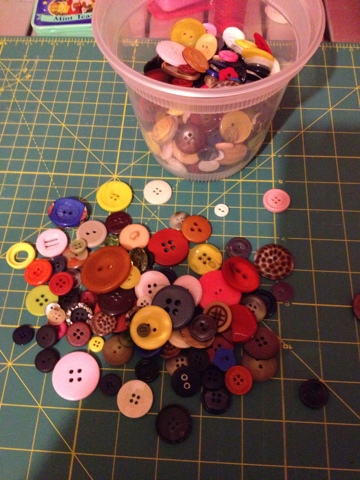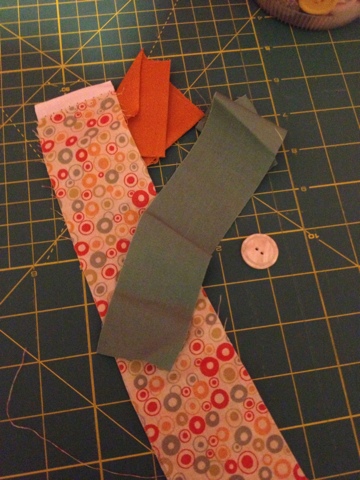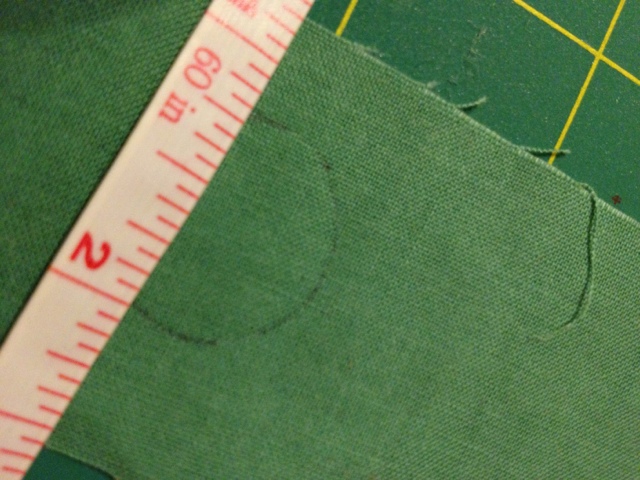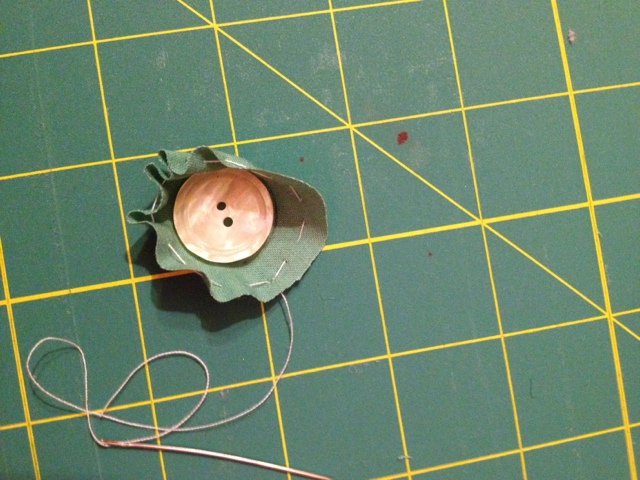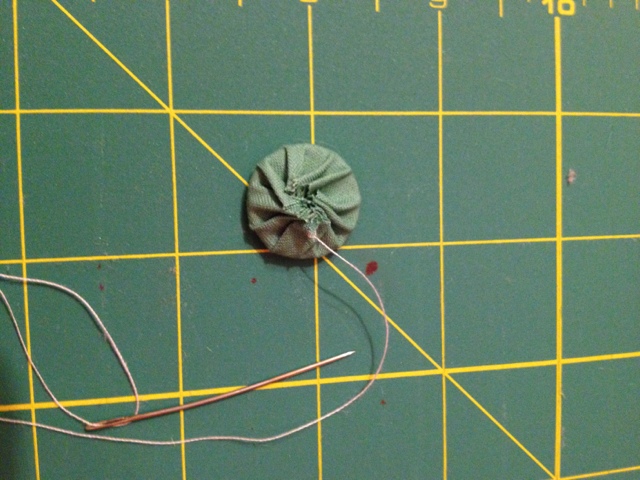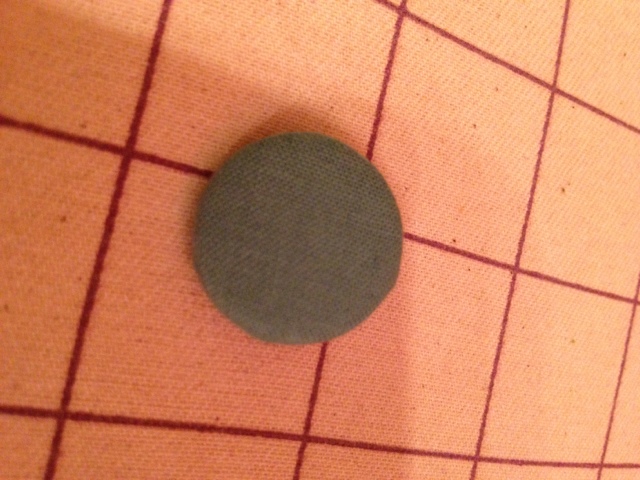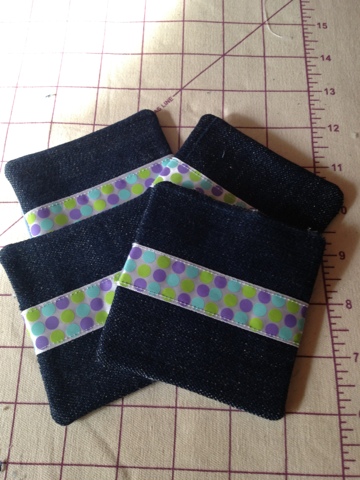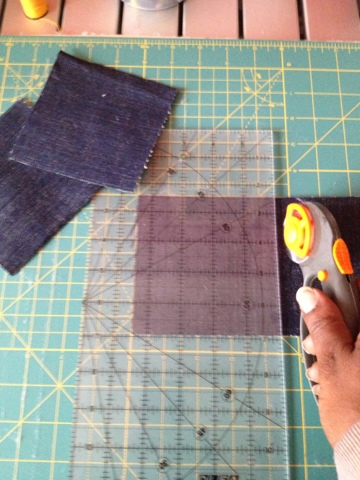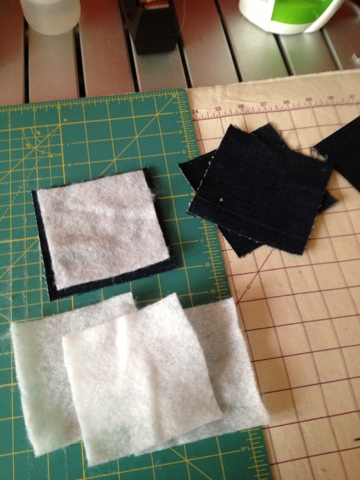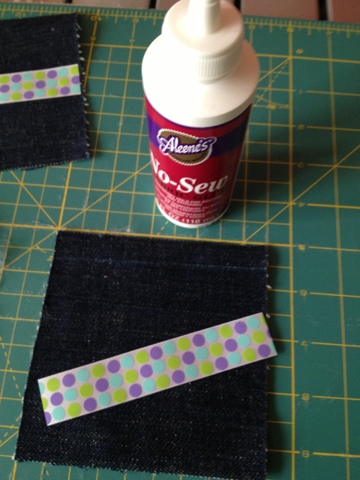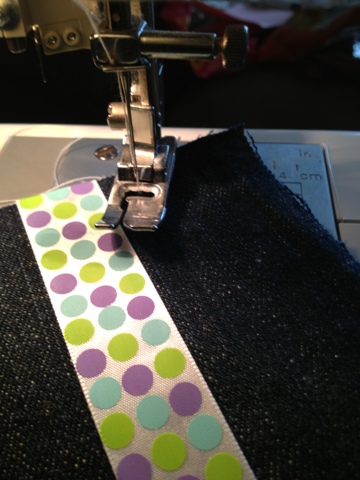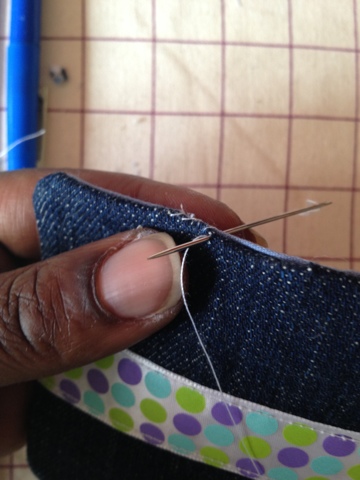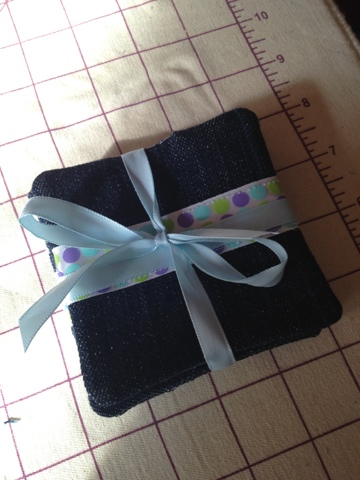Sewing Tutorial: Father's Day Pocket Square
Father's Day is coming up, June 16th, and I wanted to share a special and easy gift you can make for the dad in your life. And this doesn't have to be just for dads, my friend Kayte loves these pocket squares for herself. She uses them all the time especially in the New York City humid summers. If you are a beginning sewer this is a great project for you.
The key ingredient for this pocket square is you want very soft cotton. I used Liberty of London which is called a Lawn Fabric. The count is high, which means there are a lot of very fine threads per inch making it softer (think of high count bedding sheets). Robert Kaufman, a popular fabric manufacturer, also makes a lawn fabric in solid colors.
- Materials:
- 1/2 yard of fabric ( you will be using a 12" square but stores usually require you buy a minimum)
- matching cotton machine thread
- size 8 needle
- fine pins
Step 1:
Cut out a 12" square and iron. Fold over 1/4" twice on 2 opposite ends. I pin down, iron, then secure the pins into the fabric.
Step 2: where the raw edge meets the now folded edged, fold in the corner at an angle, this way your corners will be nice and neat and have no fabric overhang. Repeat step one, fold over 1/4" seam allowance twice.
step 2 - fold corner at angle
Step 3: all fabric is pinned down. Because this is such a skinny seam allowance I do pin it parallel to the seam. Normally in the classes I teach I tell my students pins should be perpendicular so the pins can be pulled out while you sew or the needle can jump the pins.
step 3 - pinned down on all 4 sides.
Step 4: Sew on the inside fold. This ends up being about 1/4" seam allowance. If you are using the Liberty of London or the Robert Kaufman Lawn fabrics use a size 8 needle since it is finer. Start your sewing somewhere in the middle, not on a corner. This reduces the risk of the fabric getting bunched up on a corner or pushed down into the machine.
step 4 sewing
Step 5: when you reach a corner, sew to the end and back stitch to the beginning of the fold. Leave the needle in, pick presser foot up and pivot. Sew down the next seam. Repeat on all corners.
step 5 turn the corners
Step 6 all finished, iron and steam and gift!
The fabric I used is the Liberty of London Margaret Annie in color purple green. And remember to pre-wash your fabric.
Enjoy!
Tracey Toole




























